CanJam NYC 2024: Precog's Show Report
Precogvision shares thoughts from his first time in New York City and his listening impressions of IEMs at the popular audio show, CanJam.
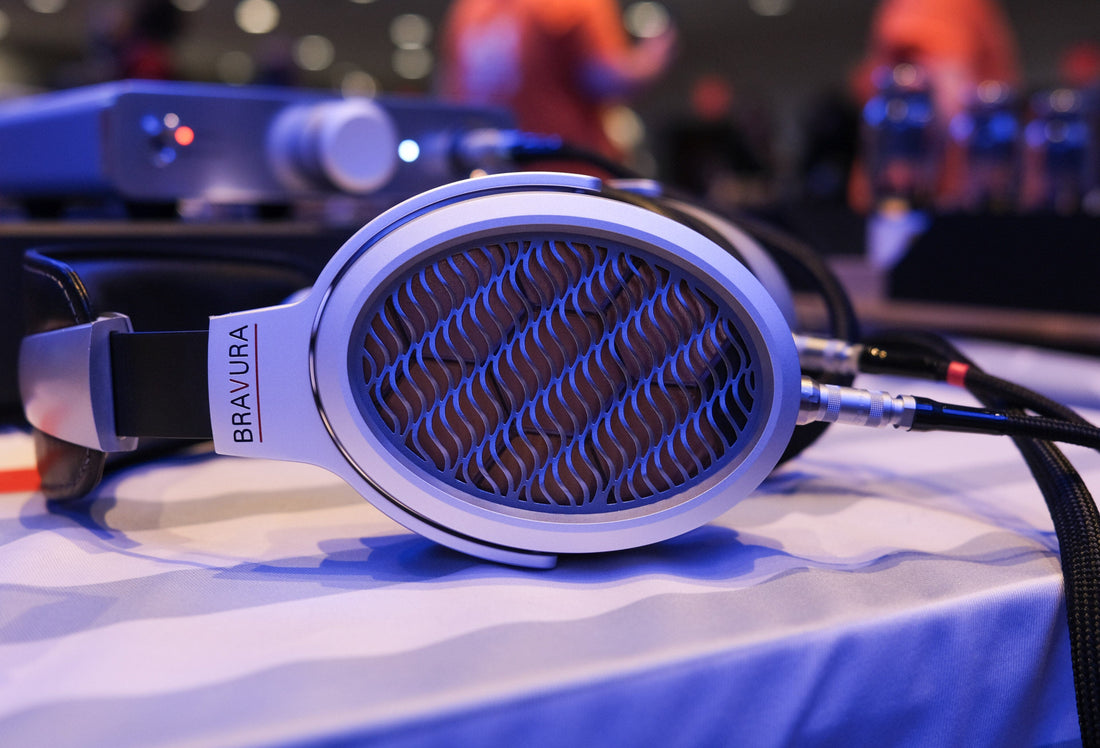
Introduction
You all know the drill: the CanJam listening report. Except this time, it’s not SoCal, it’s New York! This is a trip that I’ve been wanting to take for quite some time, as I’ve never visited New York, and CanJam NYC presented the perfect opportunity. CanJam NYC is hosted at the Marriot hotel near the center of the iconic Times Square.

Times Square at night
Speaking of which, if you’ve never been to an audio show and live vicariously through impressions, I have to say that they’re excellent opportunities for sightseeing, as they’re usually in urban hotspots. And for me, this was mostly a foodie oriented trip: I got to try my first NY bagel, pizza, too many baked goods, and the list goes on.

Ess a Bagel

Levain Bakery
But that’s enough raving about the food. You’re here for the impressions. Admittedly, I wasn’t able to hear as many IEMs as I would’ve liked at this show, but it was a ton of fun meeting so many new people and seeing old friends alike. I’ll also try my best to do more listening than eating at the next show I attend, but I can’t make any promises!
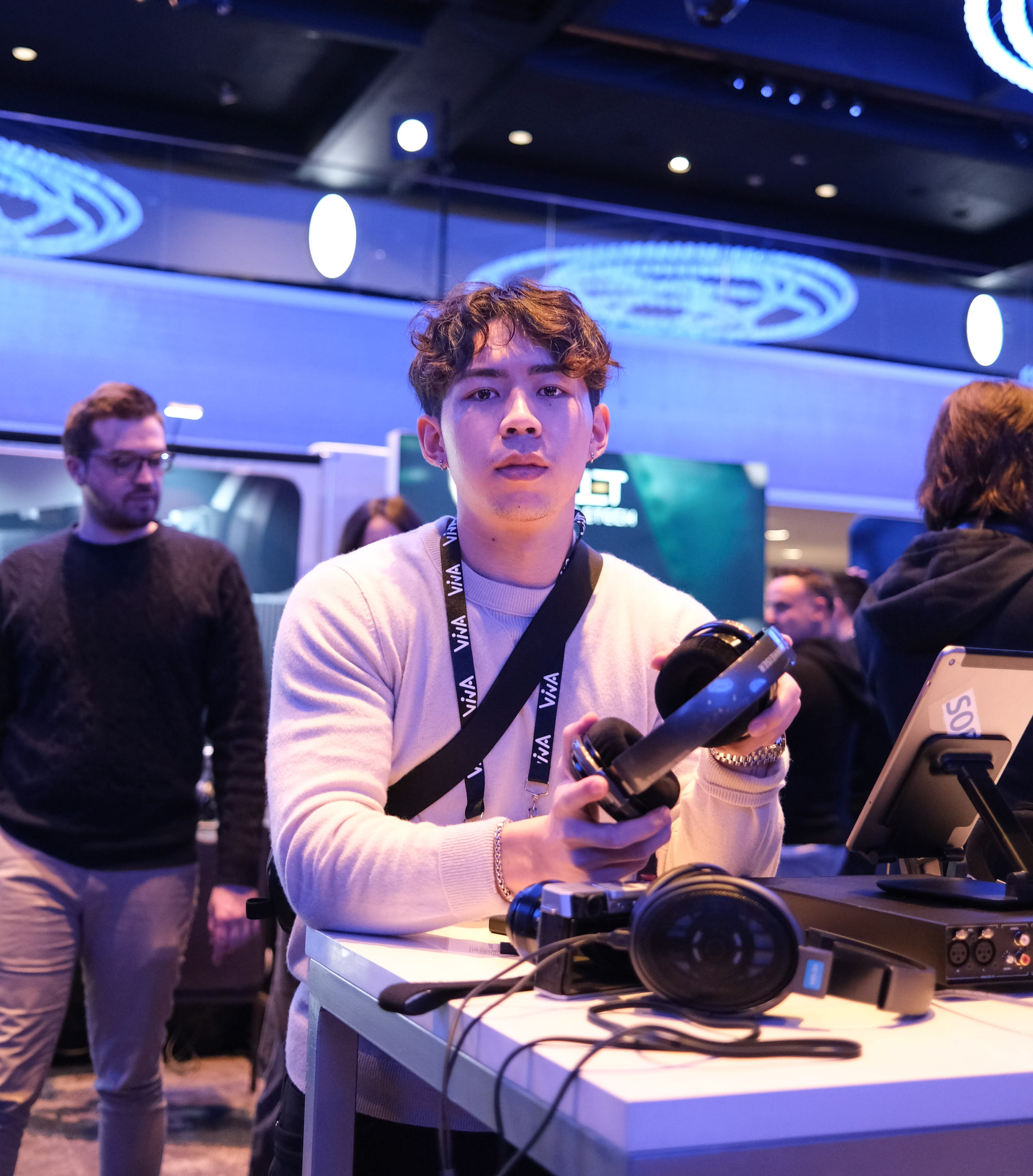
You know I had to snap a new profile picture with the Sennheiser headphones :)
Listening Impressions
ADV Sound M5TWS
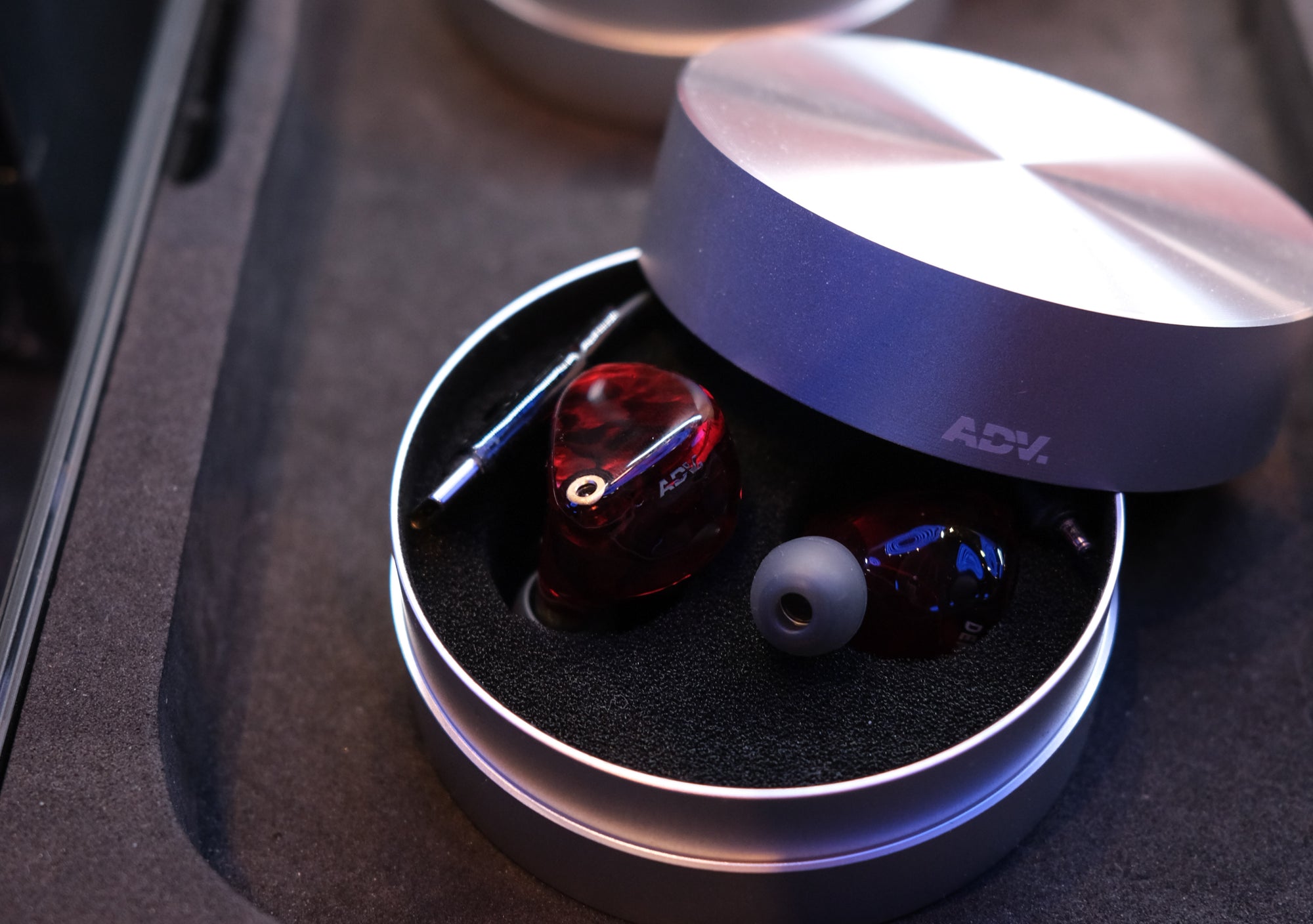
The M5TWS represents an interesting step forward in the world of CIEMs: possibly the first TWS CIEM. In terms of actual sound, the M5TWS reminds me of a slightly worse AirPods Pro. It’s quite bassy and warm, the upper-midrange is relaxed, and this extends to the lower treble. There is some mid-treble; however, the M5TWS rolls-off noticeably past 10kHz. Overall, an inoffensive sound but not a good one. The more interesting aspect to me is where ADV decides to take their TWS CIEM idea and if they can nail a good sound in the format.
ADV Sound Turbo
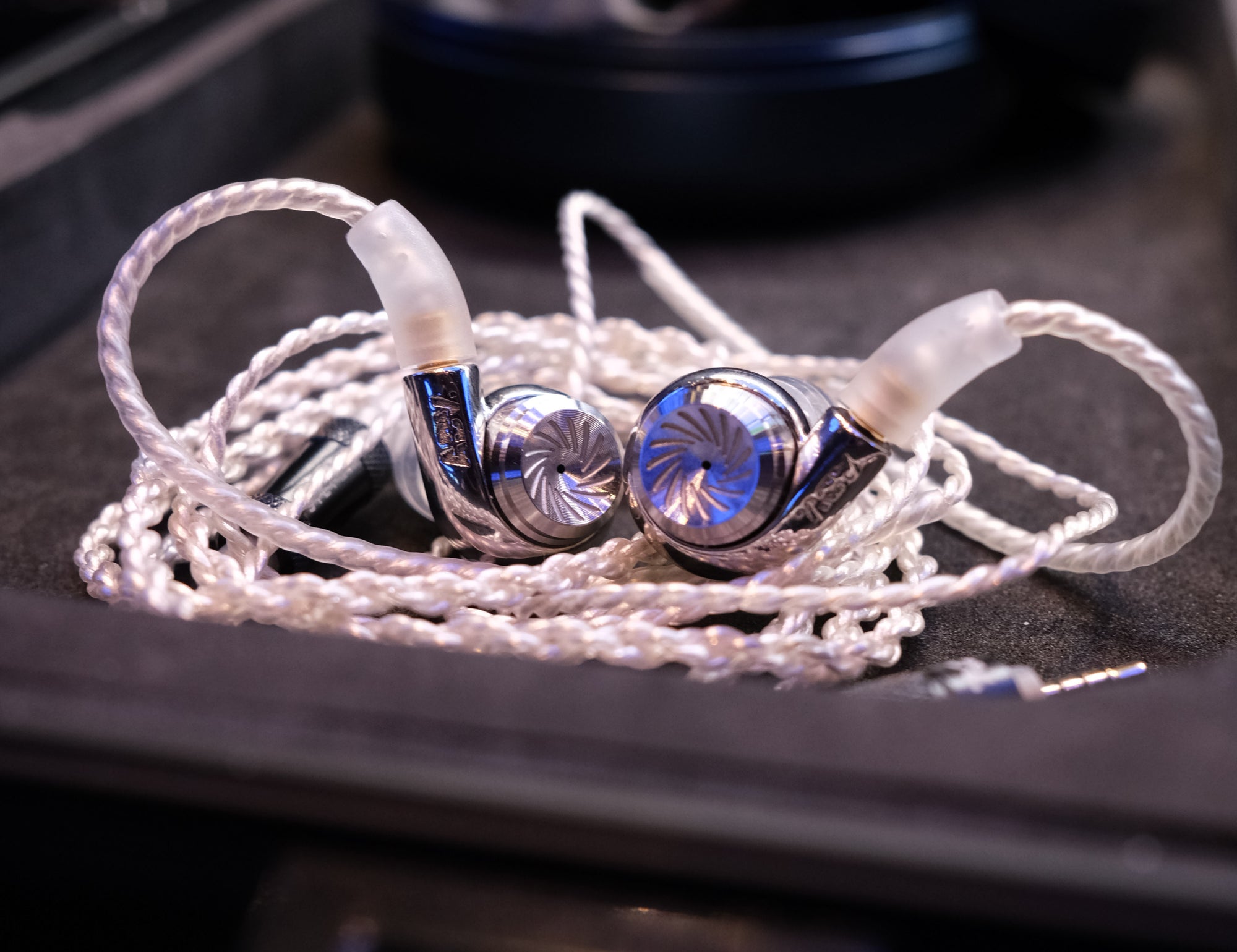
The Turbo is a noticeable leg-up over the M5TWS in terms of subjective qualities like resolution and dynamics, and it takes on more of a V-shaped presentation. The bass is decent overall, although I wish it was more controlled, especially moving into the mid-bass. Moving upwards, the pinna region is elevated (female vocals sound forward in the mix) and there is some valley from 3-5kHz which leads to more of a mid-treble emphasis. I found extension to be adequate; better than most single-DDs but not exceptional. In my opinion, the Turbo’s tuning isn’t the best executed and it trades ease-of-listening for an increased sense of technical performance.
Astell & Kern Novus
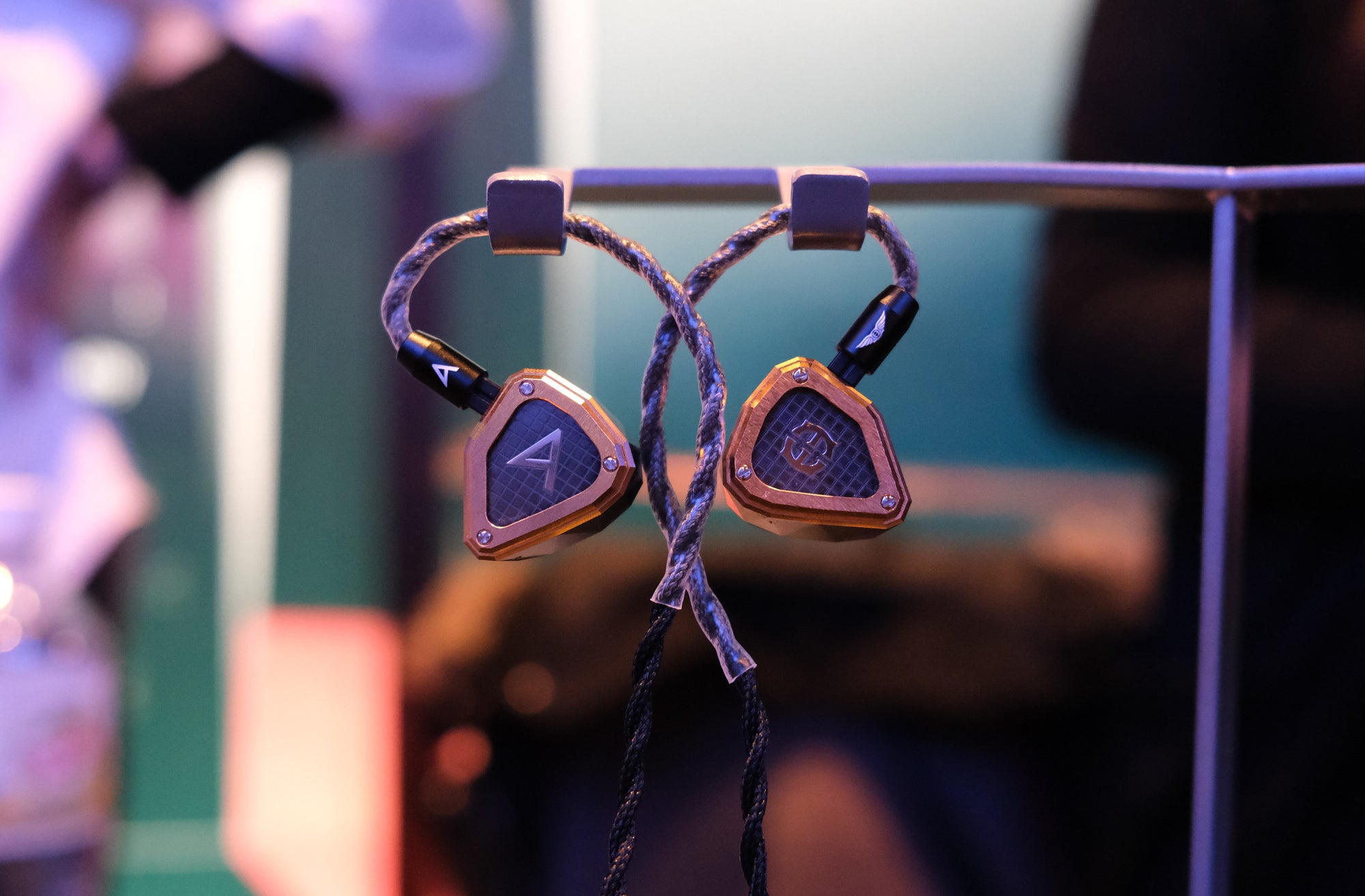
The Novus is an IEM that seems to combine some old Empire Ears DNA with the new technology they’ve been bringing to their IEMs. It reminds me a lot of the Odyssey with some refinements. The Novus stacks in not only some extra imaging performance via a bone conduction driver, but it also seems to improve the implementation of the ESTAT drivers by sounding more coherent. Classic Empire Ears fundamentals like the gargantuan bass shelf, polite 3-4kHz region, and excellent technical performance are maintained. I think this is a great example of what colored, unconventional tuning can achieve; however, it’s definitely a pretty price to pay at the projected $5000 MSRP.
CFA Fathom
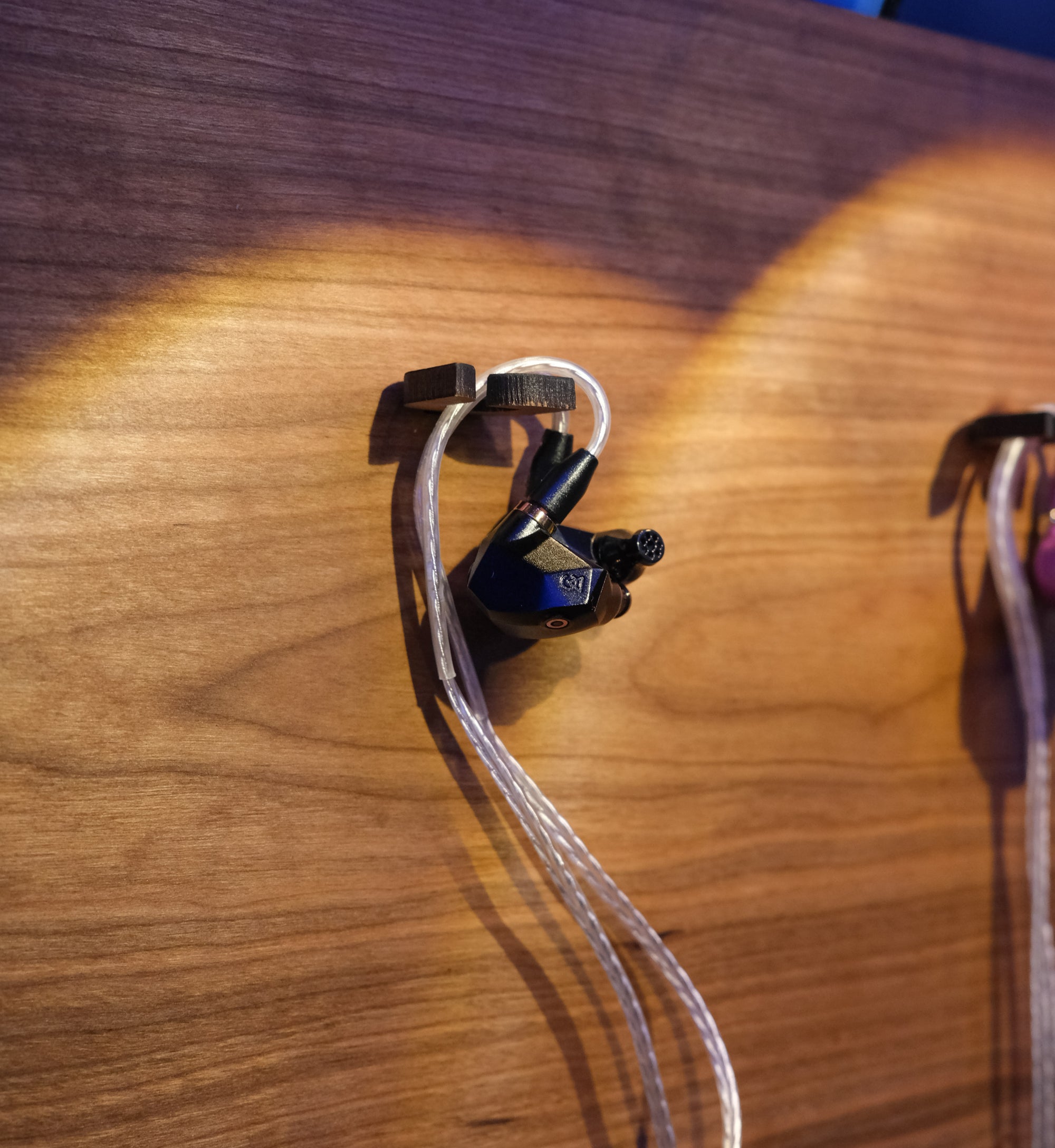
The Fathom is reminiscent of the Andromeda 2020 if the Andromeda 2020 was a jovial, portly man and decided to put on another hundred pounds or so. That in mind, the Fathom is decidedly mid-bass oriented and sports a thick hump under 1kHz. Moving upwards, it has a relaxed upper-midrange and a mid-treble oriented treble response. In isolation, the Fathom’s treble is actually decent to my ears; however, it’s drowned out on most tracks by the sheer presence under 1kHz. It’s difficult to recommend the Fathom when it’s a clear regression from its predecessor to my ears.
Elysian Pilgrim

The Pilgrim is Elysian’s newest IEM, a hybrid. Like most of Elysian’s IEMs, the Pilgrim grabs ears with its razor sharp transients and excellent detail pickup. This is the product of a controlled 200Hz sub-bass shelf, aggressive bump at 1.5kHz in the pinna gain, and excellent treble extension. However, the Pilgrim’s presentation can come across strident and this becomes apparent listening to anything treble-intensive; it has a slight excess of energy at 5kHz and a series of small peaks past 10kHz. Overall, the Pilgrim is definitely a great IEM but your musical library and tolerance for gun-to-the-head detail will dictate whether it’s for you.
Moondrop x Crinacle Dusk 2
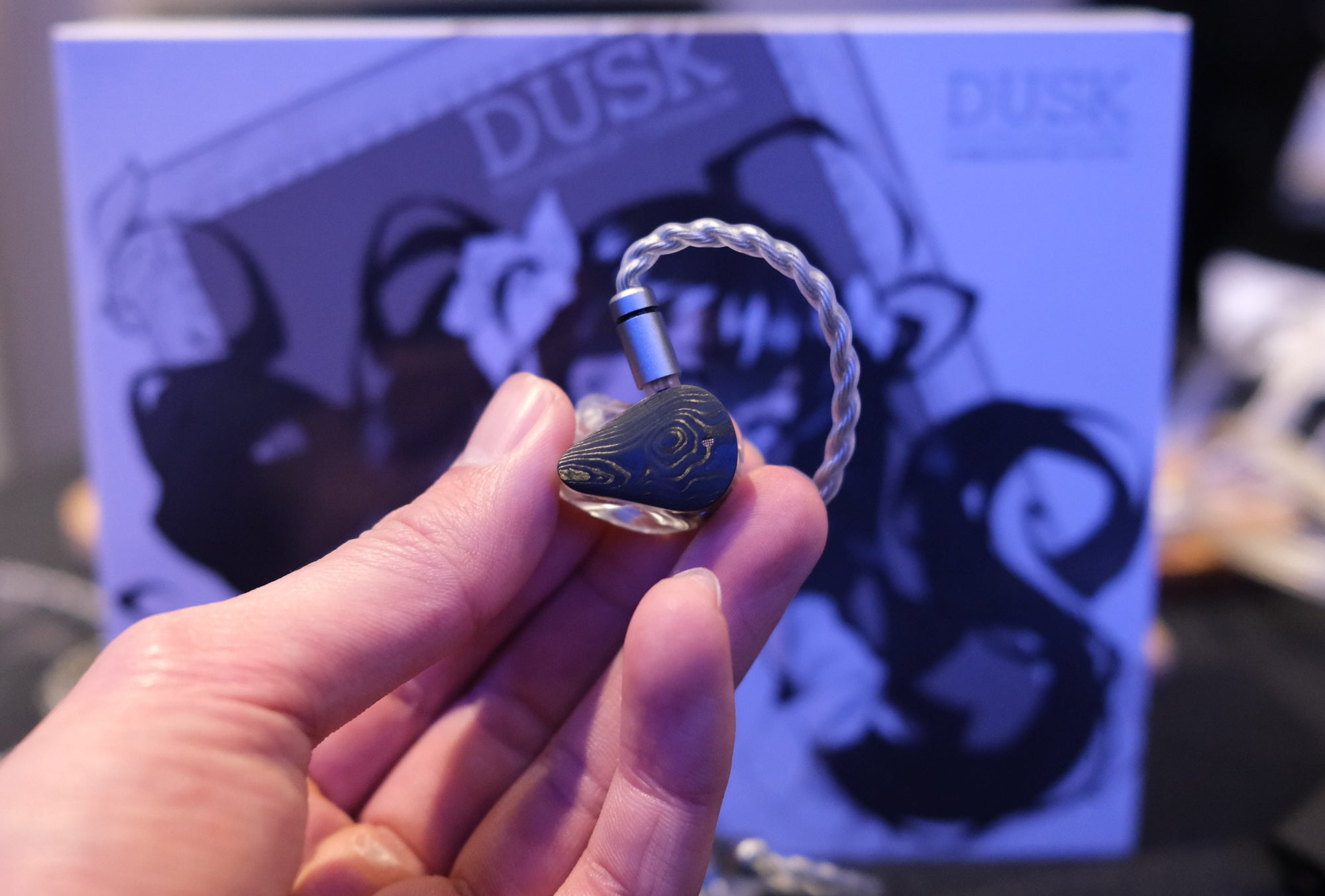
The Dusk 2 is the successor to the acclaimed B2 Dusk. This time, the B3 Dusk has two tunings: an ‘analog’ one using the 3.5mm jack and a DSP one using a USB-C cable. On the analog version, I found the Dusk 2 to sound inoffensive if somewhat dull. It’s still a better IEM for my preferences than the regular Blessing 3; however, the treble response seemed too polite, which I found odd given how it measures. I have to wonder if this was possibly unit variation or the product of using an adapter to connect to my iPhone.
Plugging in another USB-C version to someone’s Android phone, I found this to make a substantial difference (despite the subtle differences that measurements show). On this, the treble response was noticeably refined and had good upper-treble presence, leading to a stronger sense of detail. The rest of the Dusk 2's frequency response is synonymous with what we’ve come to expect from Crinacle’s tuning: elevated sub-bass and a neutral midrange. Overall, I think this is a solid IEM with no real knocks; however, it’s entering a saturated market where everything is beginning to sound very similar to me.
Nightjar Duality
No pretty pictures for this one, as it’s still a prototype.
I have to confess that I lean towards IEMs with more color these days. This definitely hit the spot, especially as someone who prefers a lot of bass (almost all of my daily driver IEMs have 10dB of sub-bass minimum). The Duality has gargantuan amounts of sub-bass, most of it concentrated under 400Hz. Moving upwards, it has a more forward upper-midrange to balance out the bass and a fairly smooth treble response. However, it sports noticeably more treble extension than the single-driver Singularity, which I think equates to more detail pulling through on the Duality. Overall, this is probably my top choice for a basshead IEM at this time; I heard the Sennheiser IE900 again, and while that might have better quality bass (especially for those who want less ‘boom’), it’s hard to ignore that the IE900’s tuning is not as ‘correct’ in the midrange compared to the Duality.
Noble Audio Onyx

Noble Audio’s latest IEM is a thoroughly colored listen. Noticeably, the bass response is extremely boosted in the sub-bass resulting in a satisfyingly “bouncy” quality. Moving upwards, the Onyx has a relaxed pinna notch and recessed upper-midrange. Treble leans toward mid-treble (for sparkle) but, in general, is quite soft in presentation. This means that the Onyx lacks note definition and its technical performance is mostly predicated on its expansive imaging. While I’m all for unique, colored sound, I find this to be a difficult pill to swallow at $3000 and I’m not sure if I like the execution here.
QDC Folk
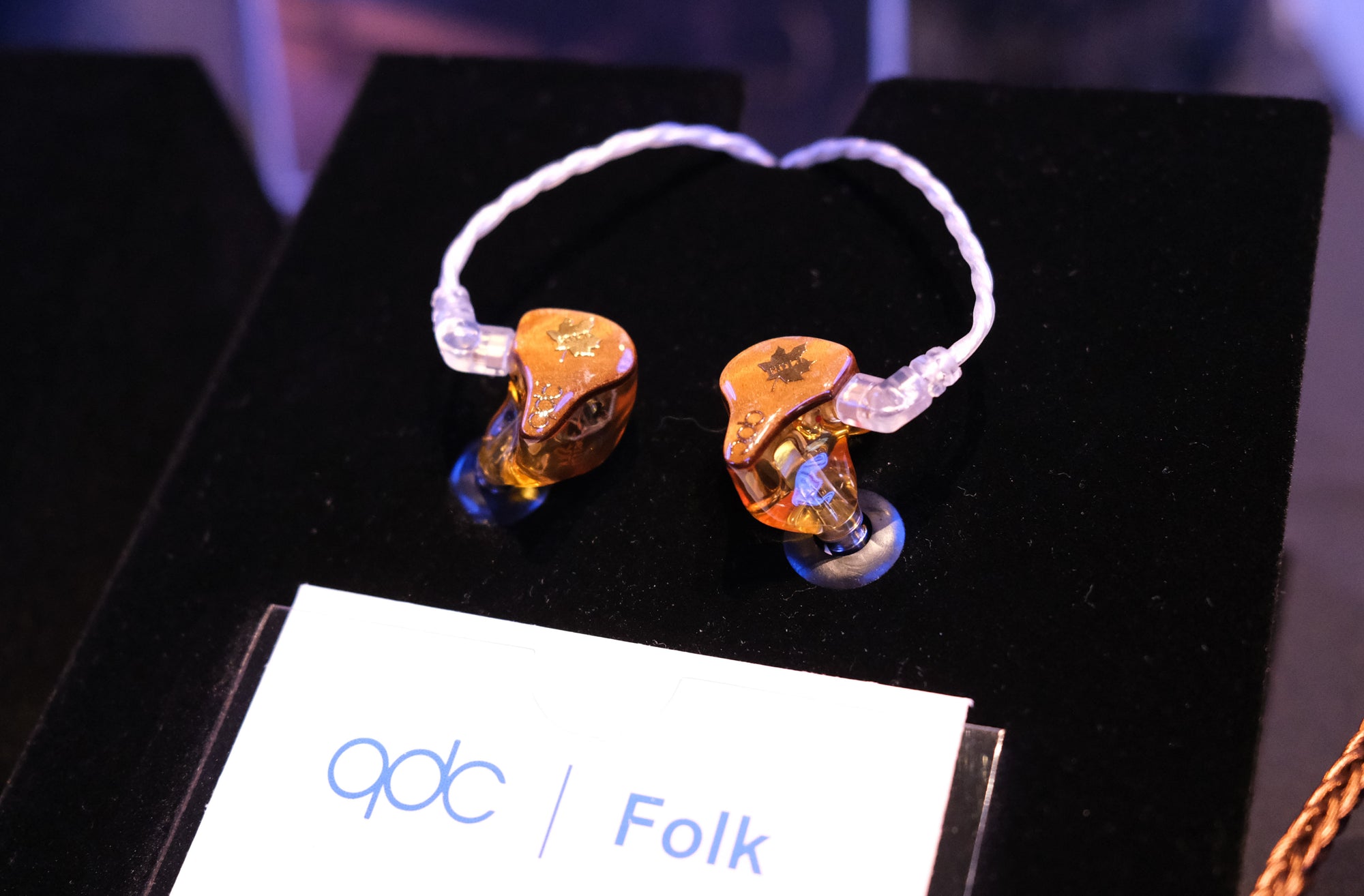
In general, the QDC Folk sounds like a BA IEM that might have been released several years ago. I state a “BA IEM” because the Folk has a dynamic driver for the bass, but I wouldn’t have known it without looking at the specifications. The midrange of the Folk is surprisingly lower-midrange titled and there is some valley in the 4-6kHz region for a more mid-treble oriented treble response. Coming full circle to the “BA IEM from several years ago” sentiment, the Folk has poor extension past 10kHz. The result is a warm and muddy listen that doesn’t offend but that doesn’t inspire.
QDC Emperor

Comparatively, the Emperor digs more into the sub-bass with, in general, noticeably more bass presence than most of QDC’s flagship IEMs. In fact, it’s more V-shaped with male vocals falling further behind in the mix and then following QDC’s usual formula: a flatlined upper-midrange and dipped lower-treble. Treble is mid-treble focused and extension is decent. As a result, the Emperor does sound fairly detailed; however, the tonality isn’t the most agreeable to my ears.
Symphonium Titan

The Titan is Symphonium’s take on a bass head’s IEM. It has tremendous amounts of bass in a smooth, sloping bass shelf under 1kHz: BA or DD, it doesn’t matter because it’s darn fun bass. This is followed by a slightly colored pinna notch at 2.5kHz and a polite 3-4kHz region. Consequently, I find that 5kHz tends to run somewhat hot on the Titan; it has good treble extension but not quite enough energy up-top to balance the initial 5kHz peak. Overall, I like the Titan - especially if it releases at the targeted $1000 price point - and I’d want to get a closer listen to confirm my thoughts.
Traiili Ti
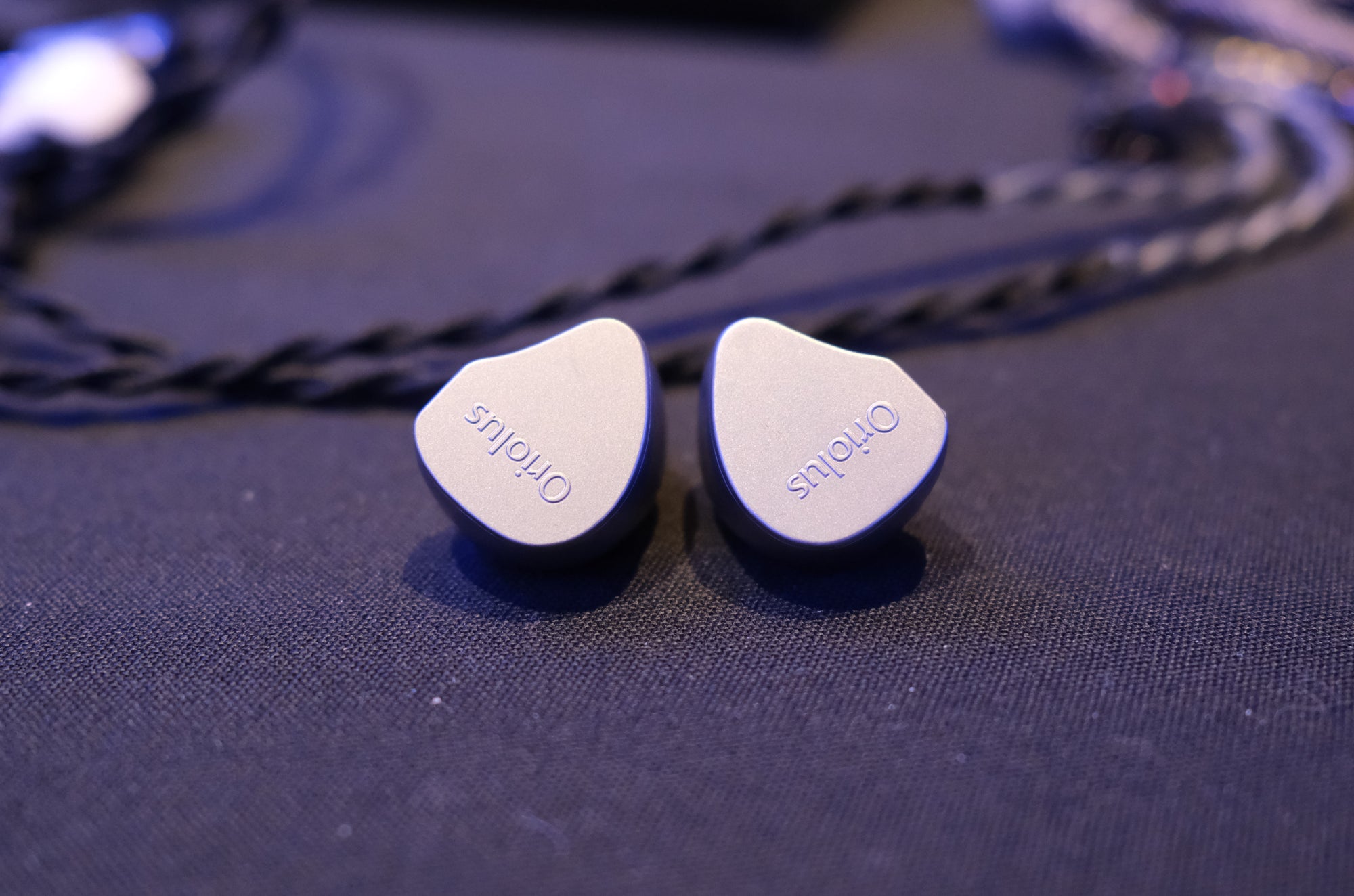
I haven’t heard the Trailli in a couple years, but I do remember my review of it being one of the most polarizing that I’ve written.Truthfully, I would stick to my guns to this day, as I’m not sure much has changed with this IEM in its titanium form. It sounds good, even great, in terms of tuning. It has a clean sub-bass focus, more recessed pinna notch region with level upper-mids, and then a fairly polite treble response. As a result, its sense of detail and imaging are excellent. However, the Traiili lacks the special sauce - particularly in the treble - needed to achieve more ‘holographic’ imaging or a noteworthy sense of engagement factor.
ThieAudio Hype 4
The Hype 4 stands out for basically being a slightly refined Hype 2. For context, the Hype 2 is a well-tuned IEM that, to my ears, falls short in the technical department as it sounds fairly artificial in terms of timbre. The Hype 4 sounds almost identical, but it tacks on some extra mid-bass and treble extension. In particular, I feel that the extra warmth helps the Hype 4 lean into a more natural sound and come across more dynamic. There’s really not much to dislike here: the Hype 4 is equally well-tuned and it packs some of the subjective technical qualities that I felt its predecessor was lacking.
Final Thoughts
CanJam NYC was an interesting show, especially because everyone got hit by the shift in daylight savings time over the weekend (we all lost an hour of sleep). Despite the setback, I made a lot of great memories this trip from the food to the plethora of new faces in the hobby. Additionally, while I didn't leave particularly blown away by anything, I think it's a great time to be in the hobby - it's truly a buyer's market these days, especially when it comes to IEMs.
